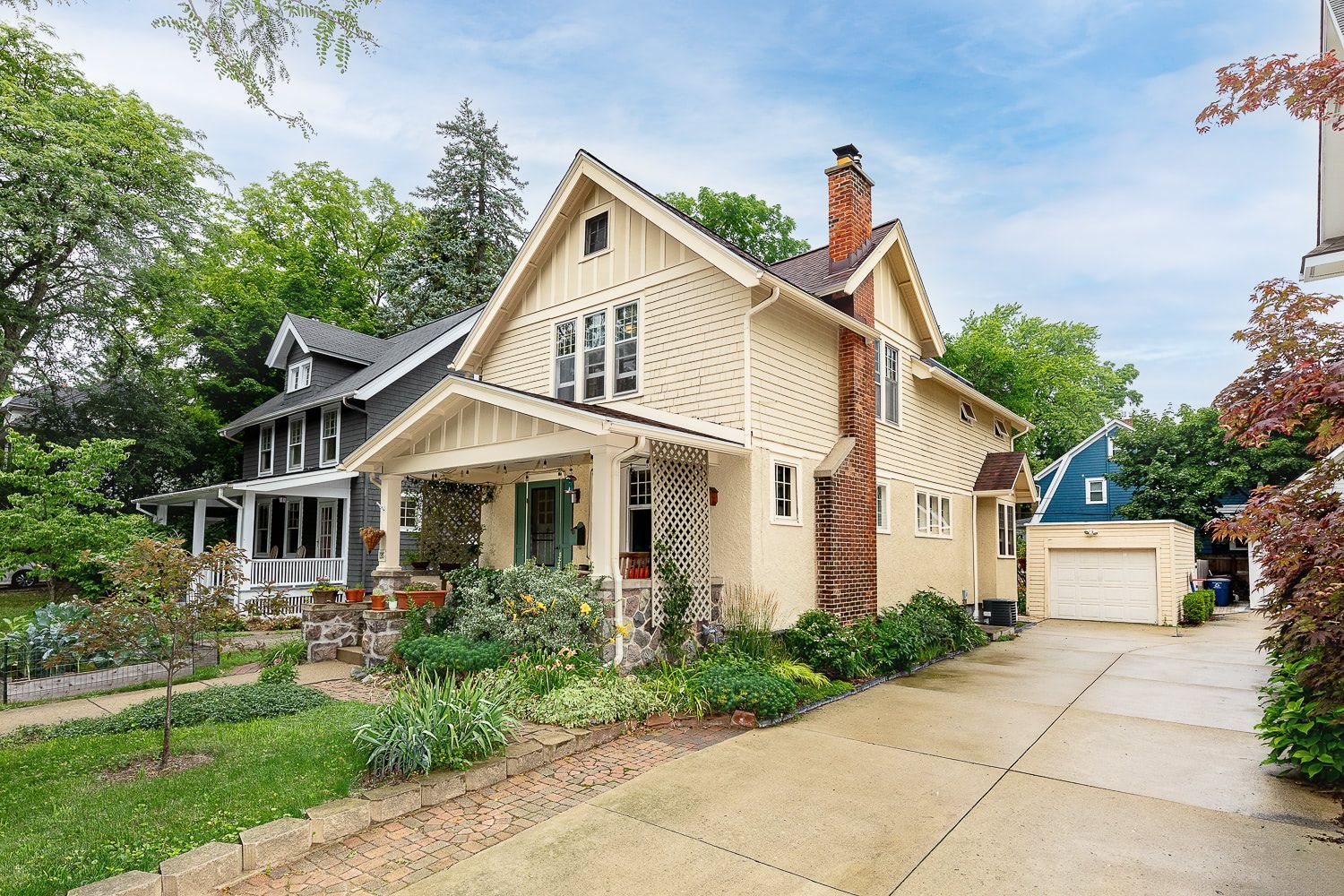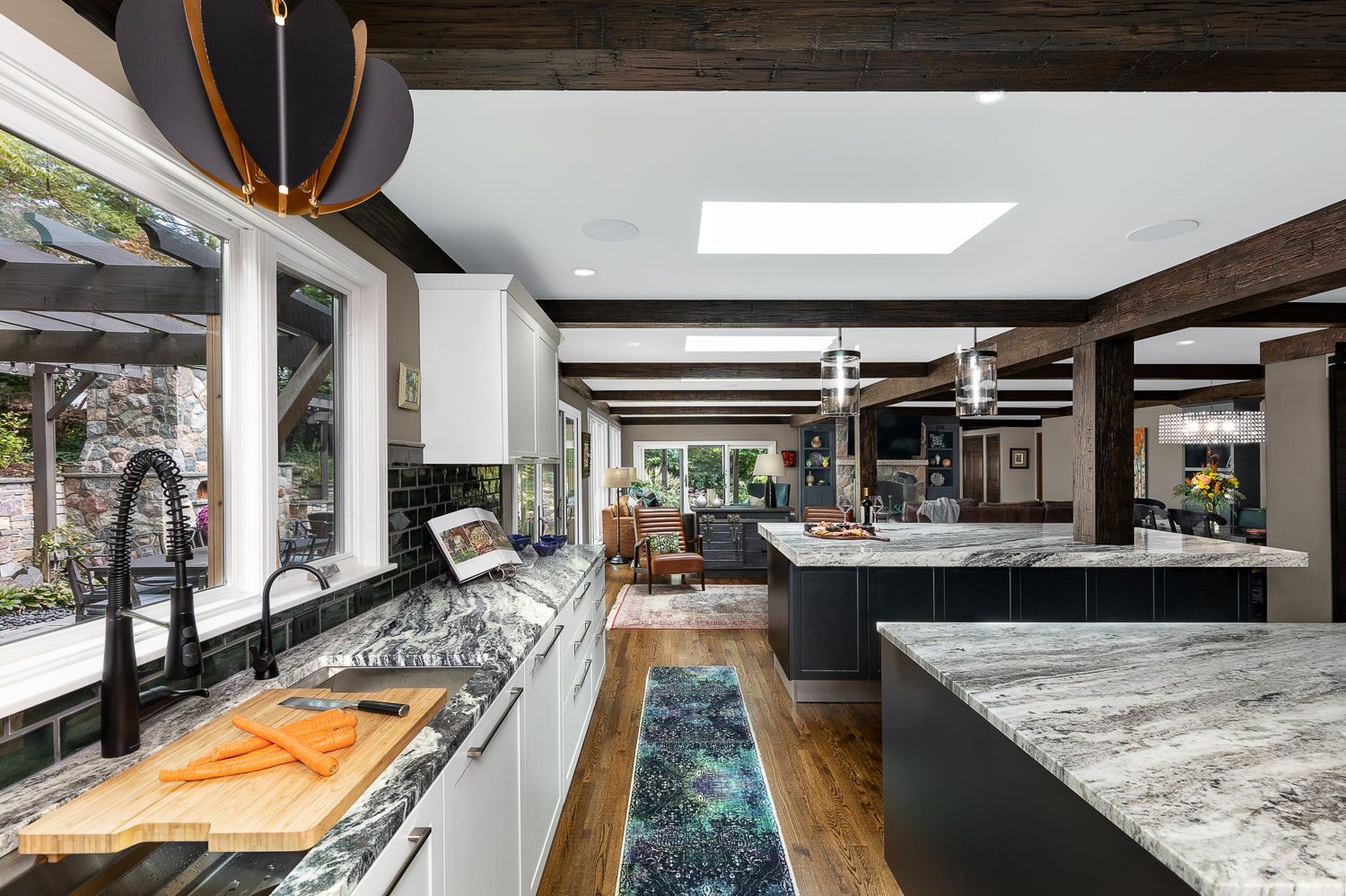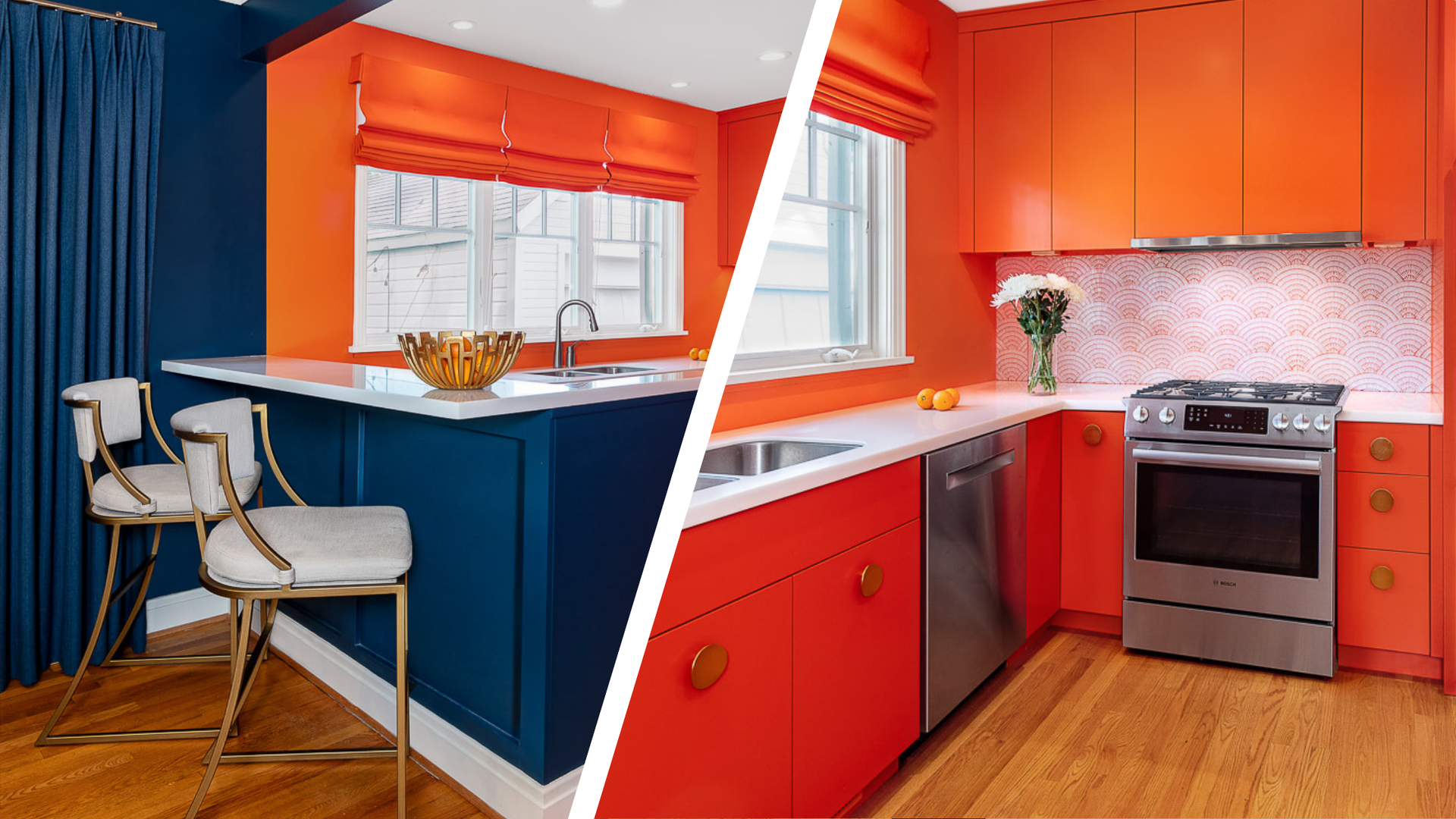
Why your interior designer & architect should work together

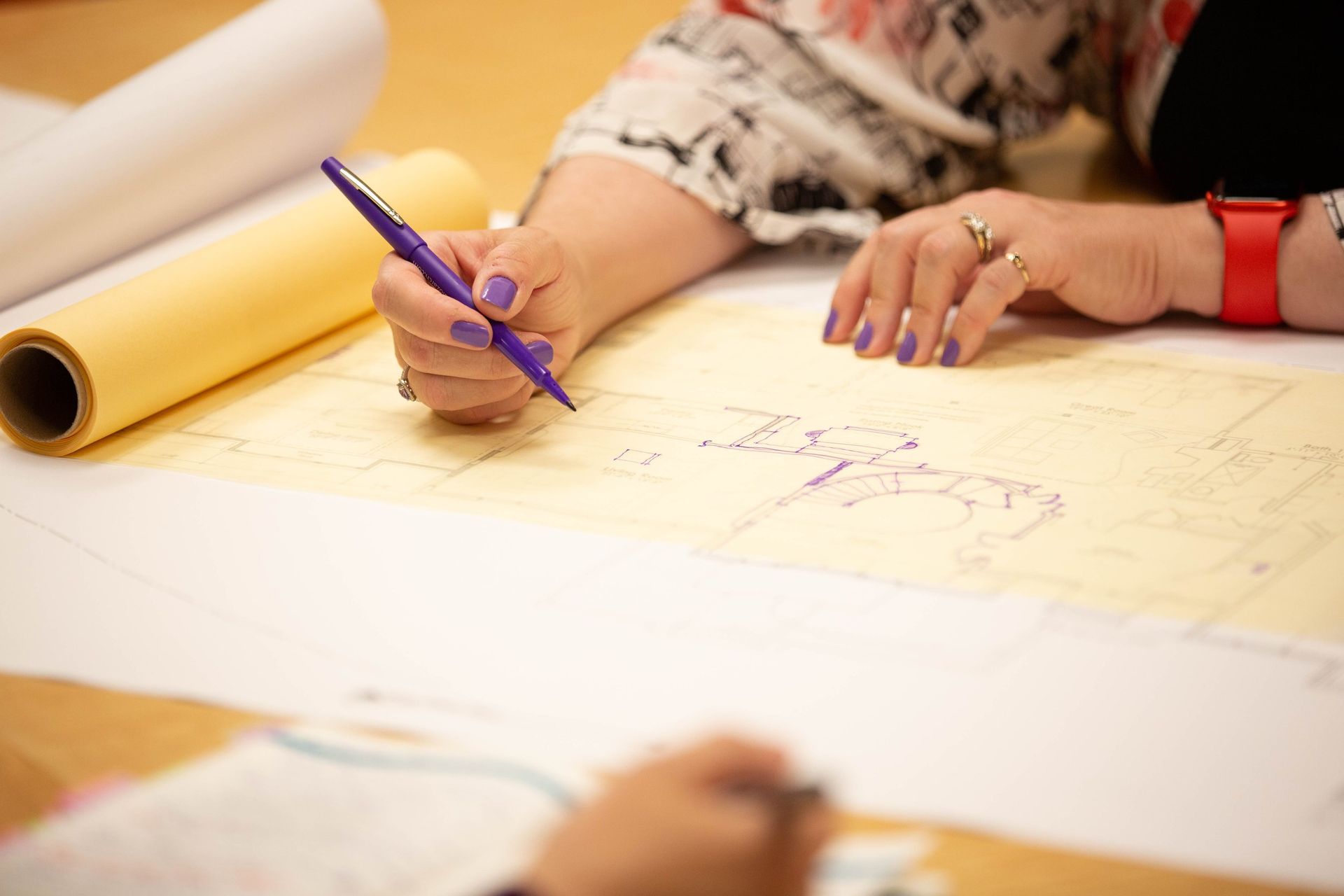
Better together: Working with an architect and interior designer from the start
Renovating your home or building a new one from the ground up is a massive investment. So you want to do everything you can to ensure it goes smoothly, right? You're spending hard-earned cash to end up with the home you've always dreamed of — this is not the time to deal with expensive mistakes, delays, or design headaches.
One way to make sure your home remodel or new build goes off without a hitch is for your interior designer and architect to work together from the get-go. While some architects work independently of interior designers, we wholeheartedly believe that having our architects collaborating with our in-house interior designer from the very beginning is key to a successful, enjoyable, and smooth project execution.
Why are we so sure this works? Well… we’ve been working this way for years now, and we see how it makes a difference, especially for our clients’ experience and the overall quality of the completed home project.
In this blog post, we're exploring the many awesome benefits of our integrated interior design and architecture approach and how it can help you avoid common remodel or new build mishaps, delays, and budget creep. Let's get into it!
First, let's look at the difference between architects and interior designers
Before we dive into the benefits of our architects and interior designers teaming up from the very beginning of your project, we thought it would be helpful to clear up any confusion about what architects and interior designers actually do. We also want to explain the difference between interior designers and interior decorators.
What an architect does
Architects essentially design the "bones" of your house using detailed drawings and 3D visualization software. They create your floor plan, indicating where every window, stair, door, and closet will go, ceiling heights, wall positioning, and other essential built-in features like power outlets, ventilation, and plumbing fixtures.
An architect’s in-depth knowledge of light, space, and construction principles helps them create thoughtfully-designed homes that perfectly respond to your lifestyle, needs, and desires, and work with your property/construction site.
What an interior designer does
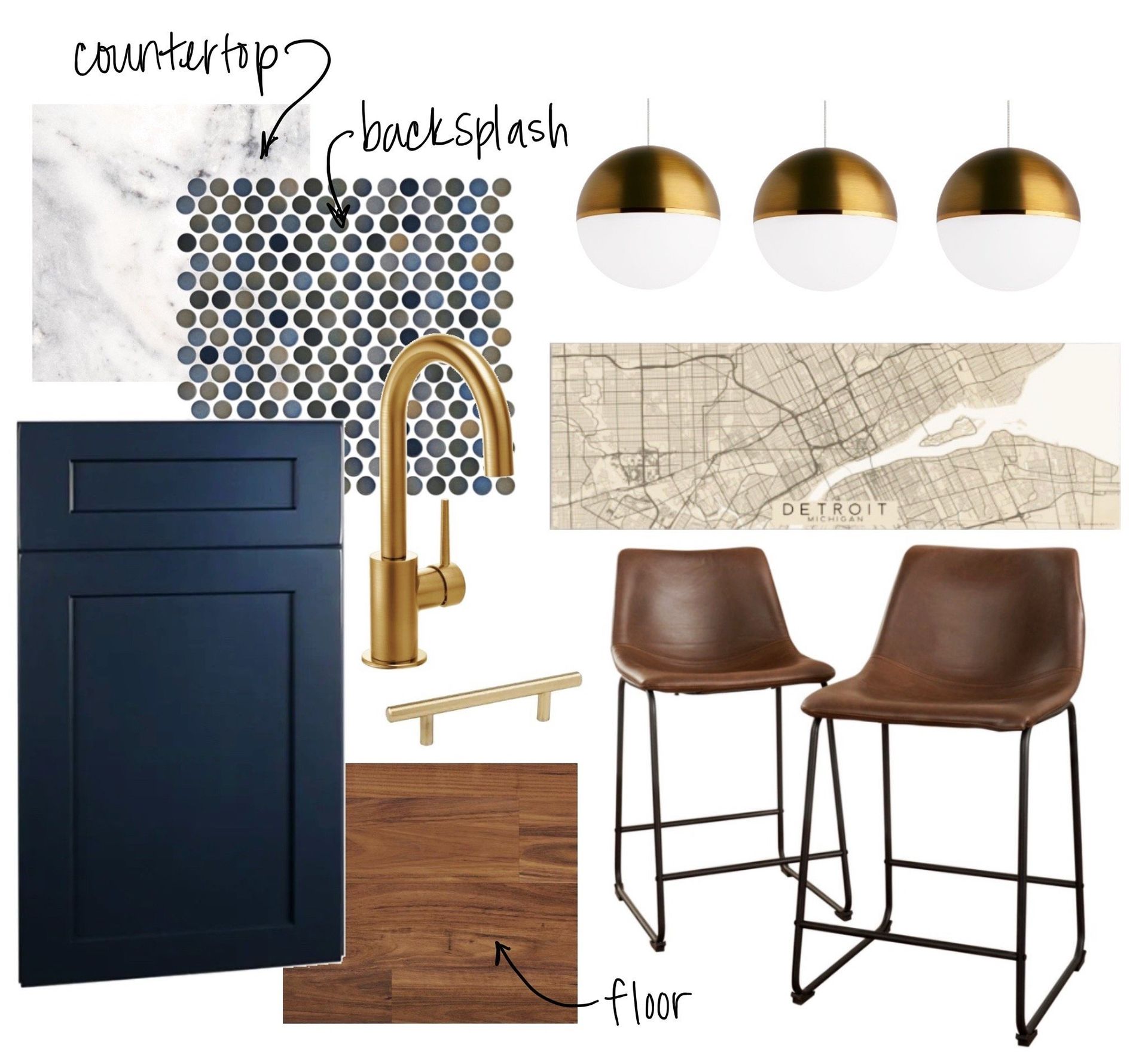
If an architect designs the "bones" of your house, then our in-house interior designer creates the "skin," helping you select finishes and fixtures like countertops, tile, flooring, cabinetry, and plumbing and lighting fixtures. Our interior designer works to your comfort level, whether you just want guidance or a full-service approach that includes product sourcing.
What does an interior decorator does
Finally, the interior decorator adds the "clothing," helping you choose final touches like furniture, window treatments, pillows, artwork, wall paints, decór, and other accessories. They align your home with your personal style while working with our interior designer and architects to ensure the "clothing" is the right fit.
While Studio Z doesn’t provide these final decorating services, we’re always happy to work along with our clients’ interior decorators to make sure your completed home project is beautifully coordinated, down to every last detail.
The benefits of architect and interior designer collaboration
Now you know the differences between architects, interior designers, and interior decorators, let's discuss why we're huge advocates for architects and interior designers working together from the word "go."
Reduce design conflicts
When your architect and interior designer join forces, you can expect everything to go much smoother. They'll fuse your ideas with their visions for your home into one harmonious design. They will make sure their plans line up perfectly, make sense, and don't fight with each other (like making sure that freestanding bath you want can actually fit into your bathroom space!).
Minimize miscommunications

By centralizing communication between our architects, interior designer, and your builder, there's less chance of things getting lost in translation or essential information falling through the cracks in email threads and phone calls. You and your contractor will only have one point of contact to check in with, rather than two — minimizing the margin for error and forgotten details.
More thoughtful, logical designs
There's a kind of "butterfly effect" when designing a home. Let's say you and your interior designer are discussing extending your kitchen cabinets; if the interior designer checks with the architect, they find out that change will block light coming in from the window. If they are collaborating, the architect can update the plan adding another window to compensate so it won’t become a problematic dark kitchen. This level of detail and synchronization is only possible when they work together at the start.
Fewer service fees
If you hire an interior designer and architect separately, they'll rack up extra admin hours with all the communication back and forth between the three of you. Those are bills you'll have to pay. Working with our in-house interior designer and architect simultaneously is more time-efficient for everyone and, therefore, more cost-effective for you.
Minimize expensive mistakes
Sometimes mistakes happen during construction that could've been avoided with more collaborative planning and communication. We know every project will have at least some changes, but by working as a team, we can flag issues and resolve them on paper before going into the construction phase. This helps reduce the number and cost of revisions, minimize mistakes, and keep the project on track.
Make better-informed decisions
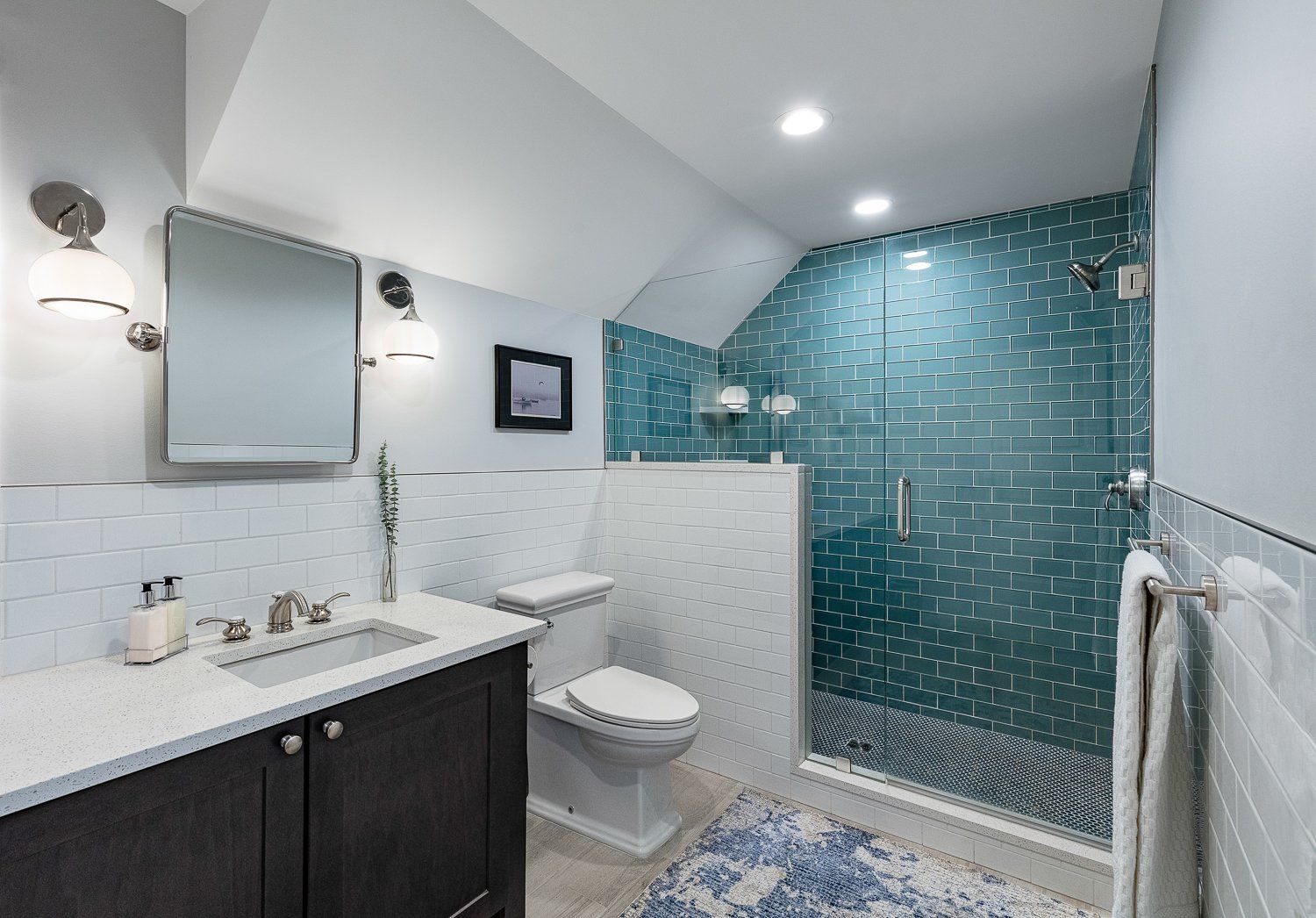
With access to two experts at once, you'll be able to make sense of your ideas and narrow down selections, finishes, and other design elements much faster. We'll be able to guide you on the best options that work both for the interior and architecture aspects, helping you think things through (with your budget in mind), knowing everything will fit together perfectly.
Get the job done faster
By teaming up from the start, we can streamline communications and limit the amount of back-and-forth and phone tag. This helps reduce the number of change orders in your project (too many changes always add up in money and time) and quickly resolve issues that could delay your project. That kind of teamwork makes for faster, more seamless project execution from ideas and design through completed construction.
Reduce budget creep
When you don't have exact finishes and fixtures selected before approaching your contractor, they may make assumptions about the level of quality you are looking for and give you inaccurate pricing, leading to unexpected cost increases down the line.
Since our design services can include both architecture and interior specifications, you can present these details to your contractor for a more accurate quote from the start, which will help reduce budget creep. Even if you don’t choose to include our full interior design services, we can provide allowance numbers to your contractor based on our preliminary interior design discussions with you.
Want to try an integrated approach for your remodel or new build?
We hope this article has helped you understand why interior designer and architect collaboration leads to more successful home remodeling and new build projects. From saving time, money, and stress to creating a more cohesive finished home, there's no denying working together from the start is the way to go.
If you're ready to start planning your new home design, you can choose to work with our architecture team and our in-house interior designer. Take advantage of our teamwork and experience the benefits of a truly coordinated project for yourself.
At Studio Z, we can help you transform your home into the one you really want (and totally deserve). We believe your best home is one that beautifully reflects your personality, lifestyle, and needs while functioning effortlessly to make everyday life that bit better.
Get in touch today to get started.
